Tile Talk: An Alphabetical Guide to Tile Terms
Get set for a tile project with this handy glossary of shapes, materials, finishes and more
Janet Dunn
28 July 2017
Houzz Australia Contributor. Former NZ House&Garden writer and stylist, and avid interior design enthusiast. Ex-restaurateur and caterer, with a Professional Certificate in Gastronomy, University of Adelaide.
Houzz Australia Contributor. Former NZ House&Garden writer and stylist, and avid... More
All trades have their jargon – a language that professionals understand but that can bewilder consumers – and the tile industry is no exception. Although buying tile doesn’t require a degree in tile talk, it’s a big bonus to know some basic vocabulary. Bone up here.
Abrasion resistance
A tile’s ability to withstand foot traffic and friction. The Porcelain Enamel Institute’s abrasion scale goes from 0 (not recommended for floors) to 5 (heavy commercial) to help you determine how well a tile will wear.
Absorption
The amount of moisture a tile absorbs, expressed as a percentage. Vitrified porcelain rates low (less than 0.5 percent), semi-vitrified tiles absorb 3 to 6 percent, and standard glazed wall tiles absorb 10 to 20 percent. This figure dictates where tiles should be used and affects their durability with temperature fluctuations.
A tile’s ability to withstand foot traffic and friction. The Porcelain Enamel Institute’s abrasion scale goes from 0 (not recommended for floors) to 5 (heavy commercial) to help you determine how well a tile will wear.
Absorption
The amount of moisture a tile absorbs, expressed as a percentage. Vitrified porcelain rates low (less than 0.5 percent), semi-vitrified tiles absorb 3 to 6 percent, and standard glazed wall tiles absorb 10 to 20 percent. This figure dictates where tiles should be used and affects their durability with temperature fluctuations.
Batch
A lot of identical tiles from the same production run. Colours vary from batch to batch. For a consistent look, use tiles with the same batch number in one area, especially with plain tiles.
Body
The primary structural part of a ceramic tile, excluding the glaze.
Bullnose
Trim tile with a rounded finished edge, often used on kitchen counters. Also known by its Italian name, battiscopa.
A lot of identical tiles from the same production run. Colours vary from batch to batch. For a consistent look, use tiles with the same batch number in one area, especially with plain tiles.
Body
The primary structural part of a ceramic tile, excluding the glaze.
Bullnose
Trim tile with a rounded finished edge, often used on kitchen counters. Also known by its Italian name, battiscopa.
Cement tile
A pressed, not fired, tile. Handmade cement tiles, such as the ones in this kitchen, are trending because of their natural look that mellows with age. With their diverse range of classic and modern colours and patterns, they are popular for indoor and outdoor floors.
Ceramic tile
Classified as non-porcelain and porcelain. Non-porcelain, usually with a decorative glaze, is softer and less durable than porcelain, which has a slightly different composition and was fired at higher temperatures. For the tile shopper, “ceramic” usually refers to non-porcelain ceramic. It’s suited to walls and floors and lighter wear than porcelain.
A pressed, not fired, tile. Handmade cement tiles, such as the ones in this kitchen, are trending because of their natural look that mellows with age. With their diverse range of classic and modern colours and patterns, they are popular for indoor and outdoor floors.
Ceramic tile
Classified as non-porcelain and porcelain. Non-porcelain, usually with a decorative glaze, is softer and less durable than porcelain, which has a slightly different composition and was fired at higher temperatures. For the tile shopper, “ceramic” usually refers to non-porcelain ceramic. It’s suited to walls and floors and lighter wear than porcelain.
Cotto
Italian for “cooked.” It refers to the firing process. Monocottura tiles are fired once at a high temperature. For bicottura tiles, the body and glaze are fired separately, resulting in a less-scratch-resistant tile best suited to walls.
Cove
Concave trim tile used at the junction of a wall and a floor, often in bathrooms and kitchens. It’s considered hygienic and easy to clean, but it doesn’t come in all tile ranges.
Italian for “cooked.” It refers to the firing process. Monocottura tiles are fired once at a high temperature. For bicottura tiles, the body and glaze are fired separately, resulting in a less-scratch-resistant tile best suited to walls.
Cove
Concave trim tile used at the junction of a wall and a floor, often in bathrooms and kitchens. It’s considered hygienic and easy to clean, but it doesn’t come in all tile ranges.
Dimensional tile
A three-dimensional tile with a sculpted surface, resulting from new tile technology. The effect can be subtle or dramatic.
Epoxy
A durable, stain- and chemical-proof, resin-based grout. It’s costly, has a plastic-like look and requires extensive cleanup of residue, but it sets faster than regular grout and means no more scrubbing.
See how three dimensional tiles can create an animated atmosphere at home
A three-dimensional tile with a sculpted surface, resulting from new tile technology. The effect can be subtle or dramatic.
Epoxy
A durable, stain- and chemical-proof, resin-based grout. It’s costly, has a plastic-like look and requires extensive cleanup of residue, but it sets faster than regular grout and means no more scrubbing.
See how three dimensional tiles can create an animated atmosphere at home
Finish
The processing of a tile to achieve surface appearance. There are many options, including matte, semi-polished, glossy, hammered, honed and textured. Finish doesn’t affect just the feel of a space; it’s also an important factor for appearance, functionality and safety. It’s best assessed hands-on at your tile supplier.
The processing of a tile to achieve surface appearance. There are many options, including matte, semi-polished, glossy, hammered, honed and textured. Finish doesn’t affect just the feel of a space; it’s also an important factor for appearance, functionality and safety. It’s best assessed hands-on at your tile supplier.
Format
The size and shape of a tile. Formats range from tiny half-inch-square mosaics to 2-foot-square tiles and larger. Tiles come in square, rectangular and many other shapes. Format strongly affects the perceived size and shape of a space. As a rule, it’s best to use small tiles in small zones, such as backsplashes or feature areas. Large tiles are suited to spacious rooms, adding to the sense of openness and flow.
The size and shape of a tile. Formats range from tiny half-inch-square mosaics to 2-foot-square tiles and larger. Tiles come in square, rectangular and many other shapes. Format strongly affects the perceived size and shape of a space. As a rule, it’s best to use small tiles in small zones, such as backsplashes or feature areas. Large tiles are suited to spacious rooms, adding to the sense of openness and flow.
Glaze
A glassy opaque coating on a tile, fired for hardness. It forms a surface that is slippery when wet but reduces porosity. Non-porcelain ceramics are often glazed and can add sparkle to backsplashes. Although porcelain doesn’t need glazing, glazed porcelain is a popular look. Glazes may be glossy, matte or satin, and they vary from fairly soft to diamond hard.
Granite
One of the hardest natural stones. It comes in tile or slab form and beats other stone products for non-porosity and stain resistance, although it should be sealed in moisture-prone rooms. It’s great for floors.
A glassy opaque coating on a tile, fired for hardness. It forms a surface that is slippery when wet but reduces porosity. Non-porcelain ceramics are often glazed and can add sparkle to backsplashes. Although porcelain doesn’t need glazing, glazed porcelain is a popular look. Glazes may be glossy, matte or satin, and they vary from fairly soft to diamond hard.
Granite
One of the hardest natural stones. It comes in tile or slab form and beats other stone products for non-porosity and stain resistance, although it should be sealed in moisture-prone rooms. It’s great for floors.
Honed
A semipolished finish that gives a smooth but softer look than polished tiles. Honed tiles are less slippery and show dirt less readily than highly polished tiles. A good choice for high-traffic areas, it is mostly used with natural stone materials.
Inkjet printing
A printing method that has opened up a huge diversity of tile options. Stone and wood textures, as well as images like graffiti, fabrics and scenes, can be replicated on ceramic tiles. Printing is surface-applied and may eventually wear with heavy use.
A semipolished finish that gives a smooth but softer look than polished tiles. Honed tiles are less slippery and show dirt less readily than highly polished tiles. A good choice for high-traffic areas, it is mostly used with natural stone materials.
Inkjet printing
A printing method that has opened up a huge diversity of tile options. Stone and wood textures, as well as images like graffiti, fabrics and scenes, can be replicated on ceramic tiles. Printing is surface-applied and may eventually wear with heavy use.
Lappato
Italian for a semi-polished finish on porcelain tiles.
Layout
The way tiles are arranged on a surface. The blue tiles here are laid in a simple stacked pattern, which gives a crisp, clean look to modern rooms.
Lippage
Results when tiles laid on an uneven or unstable substrate subside in places with use, leaving some edges higher than others. It’s expensive to rectify, so consider engaging a pro to ensure a level and stable substrate.
Italian for a semi-polished finish on porcelain tiles.
Layout
The way tiles are arranged on a surface. The blue tiles here are laid in a simple stacked pattern, which gives a crisp, clean look to modern rooms.
Lippage
Results when tiles laid on an uneven or unstable substrate subside in places with use, leaving some edges higher than others. It’s expensive to rectify, so consider engaging a pro to ensure a level and stable substrate.
Moroccan tile
Authentic cement Moroccan tiles are still handmade the traditional way, but many of the patterns and motifs have been replicated in modern ceramic and porcelain tiles.
Mosaic tile
A ceramic or glass tile about a half-inch square. Mosaics come in a variety of shapes and materials, glazed or unglazed, and are mounted on mesh backing for ease of laying. Many companies offer mosaics with a high glamour factor, using metallics and iridescent tiles for dramatic effects.
Authentic cement Moroccan tiles are still handmade the traditional way, but many of the patterns and motifs have been replicated in modern ceramic and porcelain tiles.
Mosaic tile
A ceramic or glass tile about a half-inch square. Mosaics come in a variety of shapes and materials, glazed or unglazed, and are mounted on mesh backing for ease of laying. Many companies offer mosaics with a high glamour factor, using metallics and iridescent tiles for dramatic effects.
Pencil tile, finger tile
A narrow rectangular tile, about three-quarters inch by 8 inches, used as accents on walls.
Penny tile
Small coin-shaped tiles laid in sheets. They can be ceramic, metal or glass, and are used for borders, niches, accent strips or whole walls to add sparkle, depth and interest.
Quarry tile
Unglazed extruded clay tile with high density, hardness and slip resistance. Top-quality quarry tile is largely non-porous, especially when sealed or waxed. Natural colours, from rust and ocher to greys and browns, give spaces a warm, mellow look.
A narrow rectangular tile, about three-quarters inch by 8 inches, used as accents on walls.
Penny tile
Small coin-shaped tiles laid in sheets. They can be ceramic, metal or glass, and are used for borders, niches, accent strips or whole walls to add sparkle, depth and interest.
Quarry tile
Unglazed extruded clay tile with high density, hardness and slip resistance. Top-quality quarry tile is largely non-porous, especially when sealed or waxed. Natural colours, from rust and ocher to greys and browns, give spaces a warm, mellow look.
Rectification
A process for correcting irregularities caused by firing of non-porcelain or porcelain tiles. Cutting or grinding creates near-perfect straight edges, reducing the need for wide grout to allow for slight edge differences. The result is a smooth, streamlined look with almost invisible grouting.
Sealant
A penetrating substance applied to porous tiles and grout to reduce staining from spills. Glazed tiles don’t need sealing. Consult a pro before DIY sealing, as some sealants suit particular tiles.
A process for correcting irregularities caused by firing of non-porcelain or porcelain tiles. Cutting or grinding creates near-perfect straight edges, reducing the need for wide grout to allow for slight edge differences. The result is a smooth, streamlined look with almost invisible grouting.
Sealant
A penetrating substance applied to porous tiles and grout to reduce staining from spills. Glazed tiles don’t need sealing. Consult a pro before DIY sealing, as some sealants suit particular tiles.
Slate
A stone characterised by natural cleaved layers and an uneven surface. Slate is enjoying a renaissance right now, with the latest versions honed to a smooth, low-sheen finish with narrow grout lines. Shades vary from charcoal and lilac to silvery blue. It is hard-wearing and low-maintenance.
Slip resistance
There are many evolving test methods related to slip resistance, an important safety concern. To make sure you choose the right tile for your space and purpose, always tell your supplier where you intend to use a tile.
A stone characterised by natural cleaved layers and an uneven surface. Slate is enjoying a renaissance right now, with the latest versions honed to a smooth, low-sheen finish with narrow grout lines. Shades vary from charcoal and lilac to silvery blue. It is hard-wearing and low-maintenance.
Slip resistance
There are many evolving test methods related to slip resistance, an important safety concern. To make sure you choose the right tile for your space and purpose, always tell your supplier where you intend to use a tile.
Subway tile
A rectangular tile typically 3 by 6 inches but available in slimmer and larger formats. It’s traditionally laid in a brick pattern; other designs include chevron and herringbone.
Look at these six ways to design with subway tiles
A rectangular tile typically 3 by 6 inches but available in slimmer and larger formats. It’s traditionally laid in a brick pattern; other designs include chevron and herringbone.
Look at these six ways to design with subway tiles
Terracotta tile
A natural fired clay tile made from more refined and smoother clay than quarry tile. Terra cotta is growing in popularity, admired for its warmth and durability. It’s versatile, and can be used on floors, walls, fire surrounds, pool coping and outdoor surfaces.
Through-body, colour-body
When the colour on the tile face continues through the body so that chips and scratches aren’t obvious. Unglazed porcelain is a through-body tile. A glazed tile has only a surface coating of colour, which means that it shows wear faster.
Travertine
These natural stone tiles are suitable for both indoor and outdoor flooring, but since they’re highly porous, regular sealing is recommended to prevent stains and water marks. Choose from a variety of colours, including ivory, gold and soft coral. Tumbled travertine is a popular choice for those looking for a soft, lived-in look.
Tumbled
A process applied to stone tiles to give them a soft, worn look with rounded edges and a chalky finish. Smaller tiles are tumbled in a drum; larger ones are hand- or machine-chipped to achieve the look.
A natural fired clay tile made from more refined and smoother clay than quarry tile. Terra cotta is growing in popularity, admired for its warmth and durability. It’s versatile, and can be used on floors, walls, fire surrounds, pool coping and outdoor surfaces.
Through-body, colour-body
When the colour on the tile face continues through the body so that chips and scratches aren’t obvious. Unglazed porcelain is a through-body tile. A glazed tile has only a surface coating of colour, which means that it shows wear faster.
Travertine
These natural stone tiles are suitable for both indoor and outdoor flooring, but since they’re highly porous, regular sealing is recommended to prevent stains and water marks. Choose from a variety of colours, including ivory, gold and soft coral. Tumbled travertine is a popular choice for those looking for a soft, lived-in look.
Tumbled
A process applied to stone tiles to give them a soft, worn look with rounded edges and a chalky finish. Smaller tiles are tumbled in a drum; larger ones are hand- or machine-chipped to achieve the look.
Unglazed
An unglazed ceramic tile has a natural, earthy look and is slip-resistant, making it suitable for outdoor areas. A clear sealant can be applied to unglazed tiles to improve water resistance.
Versailles
A method of laying tiles that uses four sizes in a staggered formation, as shown in this photo. It is often used with stone tiles and is a job for a skilled tiler.
Vitrified
A fully vitrified tile has quartz and feldspar added before firing, creating a glassy element in the tile body and a very low absorption rate of less than 0.5 percent, compared with 3 percent and higher in a standard glazed ceramic tile. Vitrified tiles are suitable for wet areas like bathrooms and kitchens.
An unglazed ceramic tile has a natural, earthy look and is slip-resistant, making it suitable for outdoor areas. A clear sealant can be applied to unglazed tiles to improve water resistance.
Versailles
A method of laying tiles that uses four sizes in a staggered formation, as shown in this photo. It is often used with stone tiles and is a job for a skilled tiler.
Vitrified
A fully vitrified tile has quartz and feldspar added before firing, creating a glassy element in the tile body and a very low absorption rate of less than 0.5 percent, compared with 3 percent and higher in a standard glazed ceramic tile. Vitrified tiles are suitable for wet areas like bathrooms and kitchens.
Wall tile
It’s not rocket science, but tiles classified “wall” or “floor” aren’t interchangeable. Wall tiles won’t withstand traffic on the floor, and floor tiles are usually too thick and heavy to put on the wall.
Wastage
The contingency allowed when ordering tiles to account for breakage, faulty tiles and cutting for awkward angles. Usually 10 percent is recommended, and higher if the area to be tiled is quite intricate. Allow for a small quantity to be set aside so that you can replace any damaged tiles, or easily identify the batch or number reference.
Read more:
Which Tiles Are Perfect for Indian Floors?
Feast on These 9 Steamy Splashback Tiles
Tell us:
Do you have your eye on a particular tile for an upcoming renovation? Tell us about it the Comments below.
It’s not rocket science, but tiles classified “wall” or “floor” aren’t interchangeable. Wall tiles won’t withstand traffic on the floor, and floor tiles are usually too thick and heavy to put on the wall.
Wastage
The contingency allowed when ordering tiles to account for breakage, faulty tiles and cutting for awkward angles. Usually 10 percent is recommended, and higher if the area to be tiled is quite intricate. Allow for a small quantity to be set aside so that you can replace any damaged tiles, or easily identify the batch or number reference.
Read more:
Which Tiles Are Perfect for Indian Floors?
Feast on These 9 Steamy Splashback Tiles
Tell us:
Do you have your eye on a particular tile for an upcoming renovation? Tell us about it the Comments below.
Related Stories
Working with professionals
How to Find an Architect That's Right for You
Make the construction and renovation of your home a pleasant and memorable journey by selecting the right architect
Full Story
Indian Homes
11 Indian Homes That Revolve Around Courtyards
Take inspiration from these homes that make a solid case for courtyards in urban life
Full Story
Decorating Guides
Building Secrets to a Cool, Breezy Home for Hot Indian Summers
Get updated on climate-responsive design strategies for a home that stays naturally cool all year round
Full Story
Working with professionals
What's the Difference Between an Architect and a Civil Engineer?
We clear up the confusion between the professional roles and scope of work of an architect and a civil engineer
Full Story
Architecture
These Indian Homes Know How To Combat Harsh Climate
See how these homes by SPASM, Kumar Moorthy & Associates and JPLUSDARCHITECTS mitigate the ramifications of harsh climate ahead of time
Full Story
Decorating Guides
What Are the Biggest Challenges in Renovating an Old House?
Here are some common problems which may arise during the renovation of an old property
Full Story
Indian Homes
How to Beat the Summer Heat by Keeping the Roof Cool
Here are ways to cope with the high summer temperatures that heat the roof and the top floors of residential buildings
Full Story
Decorating Guides
How to Design a Home That is Not a Burden on the Environment
Incorporate smart details with simple lifestyle changes to create a home that is kind to the planet
Full Story
Architecture
What Is Kerala Architecture?
Let's explore what design elements constitute traditional Kerala house architecture
Full Story
Architecture
Expert Speak: What Are the Best Materials for Home Elevations?
Houzz checks in with an expert about the the most sturdy and adaptable materials for home facades
Full Story


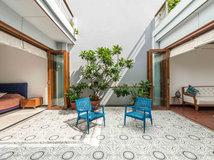


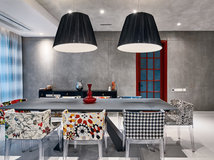

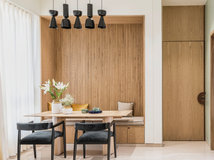
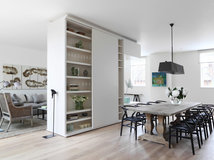
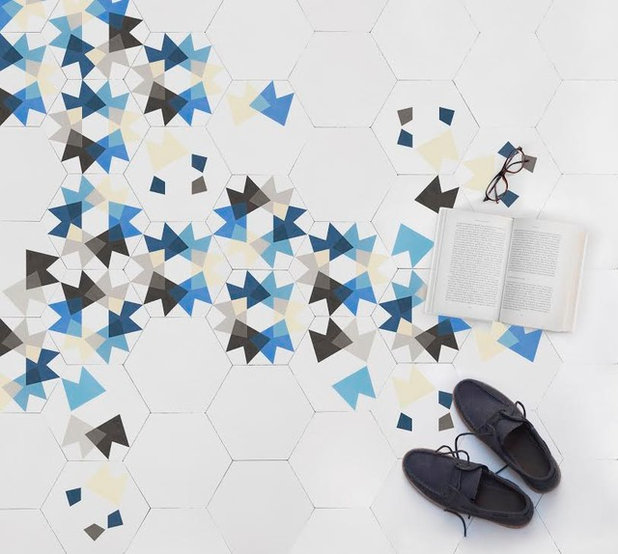
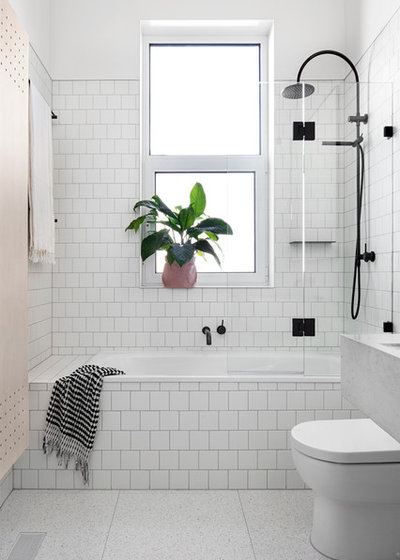
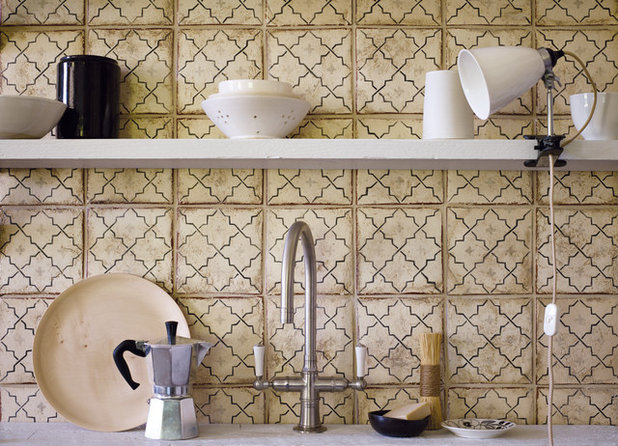
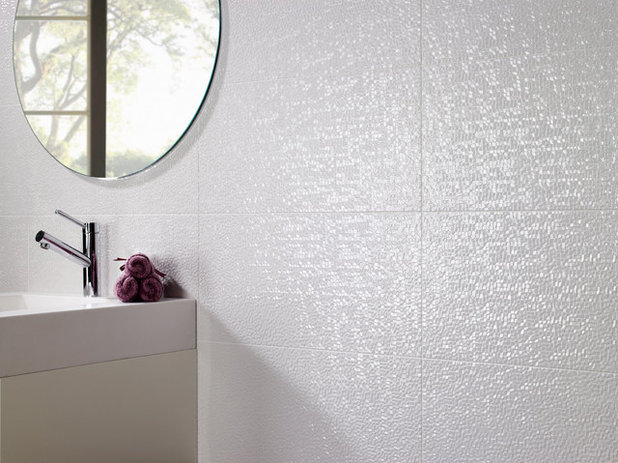
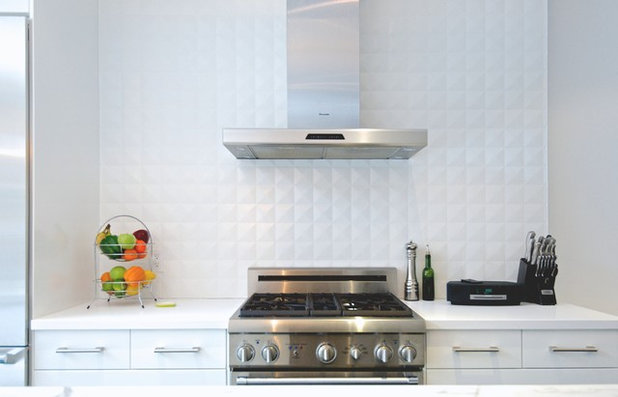
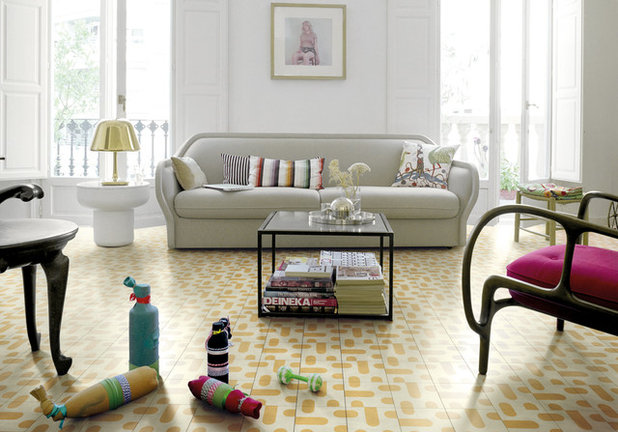
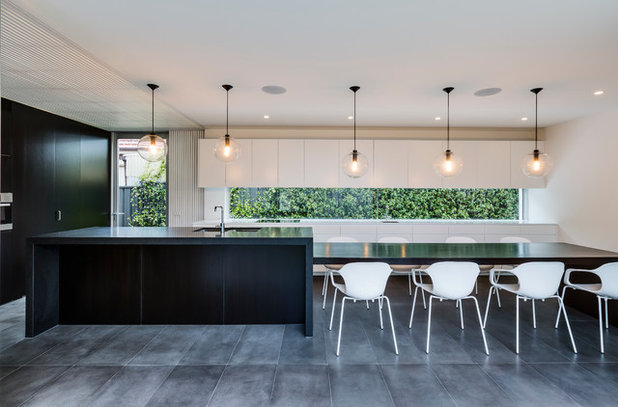
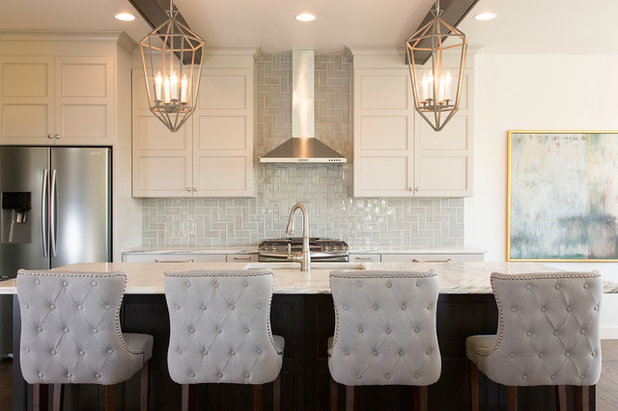
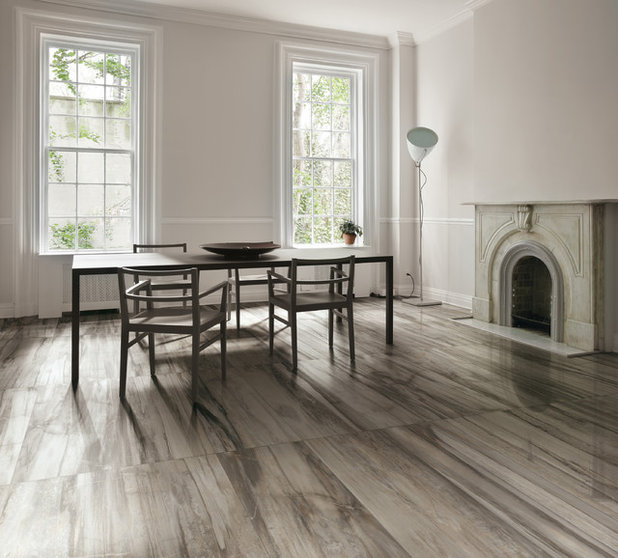
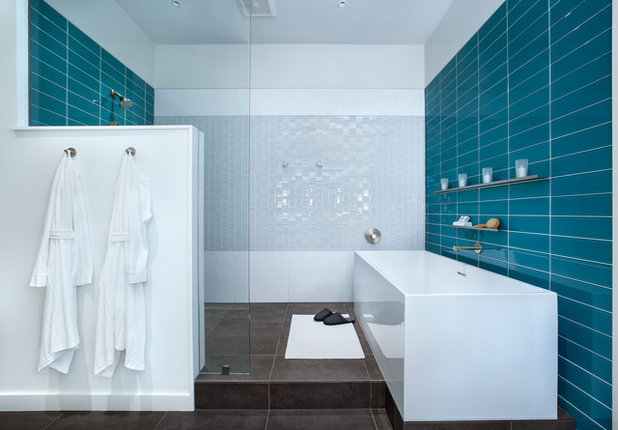
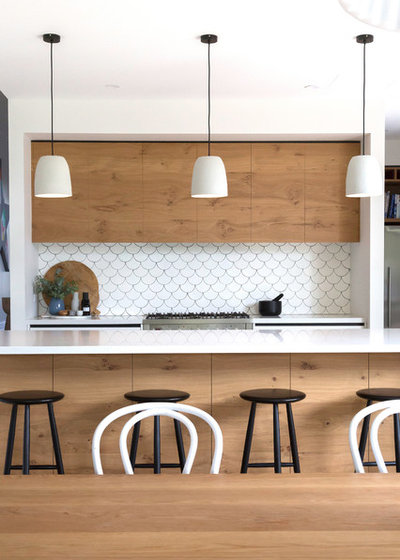
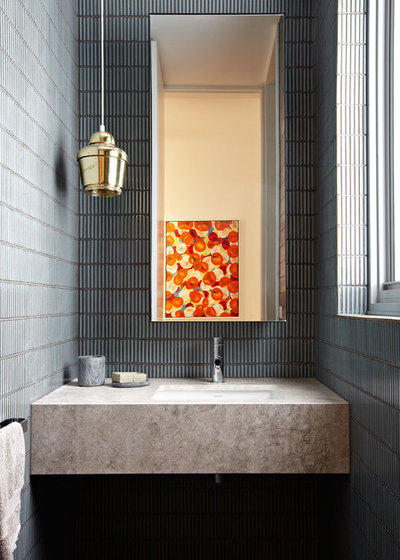
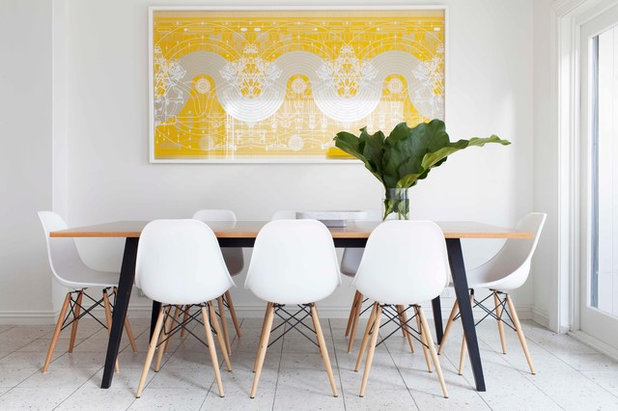
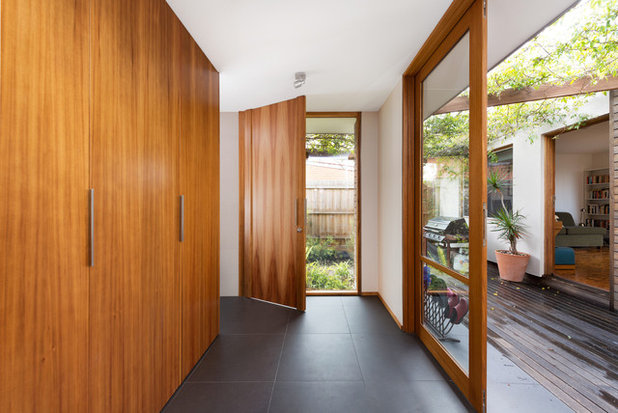
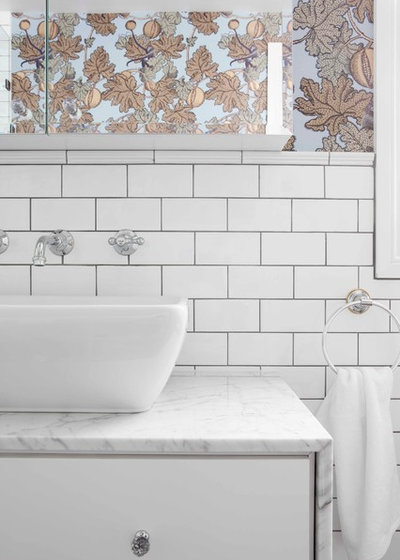
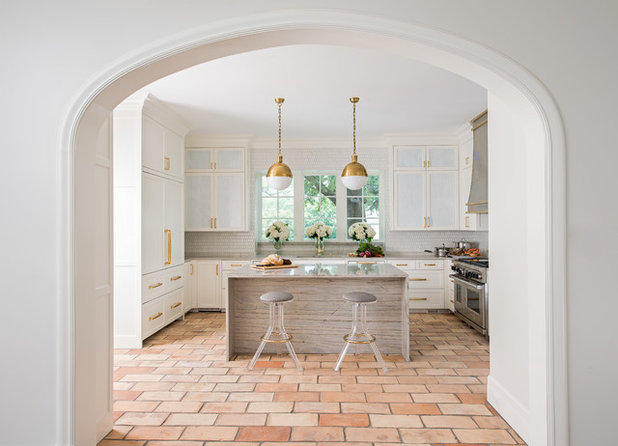
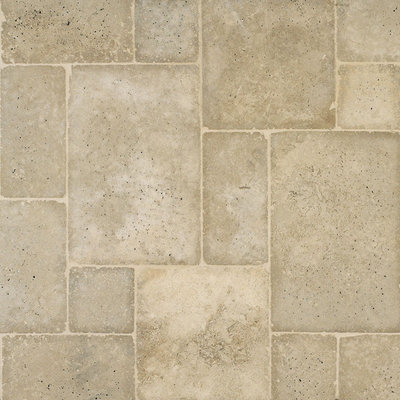

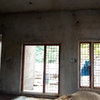
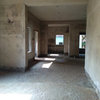

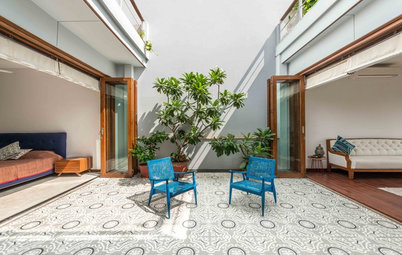


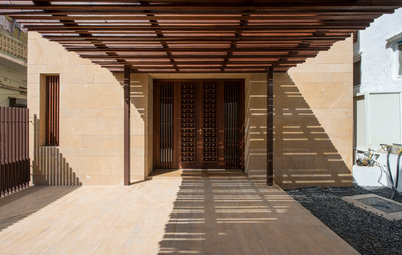
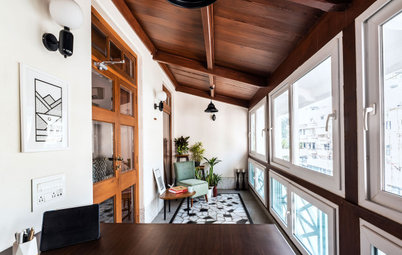
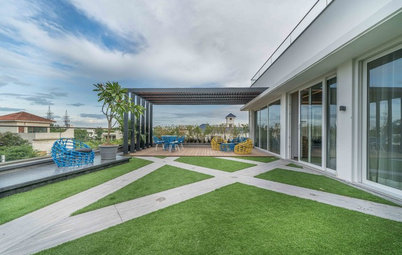
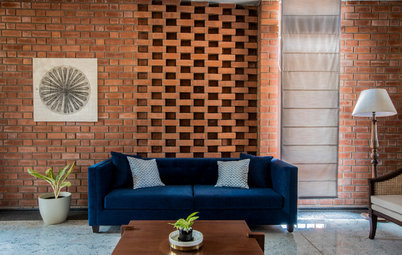
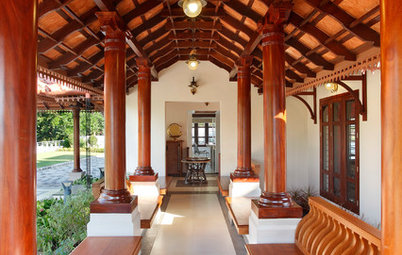
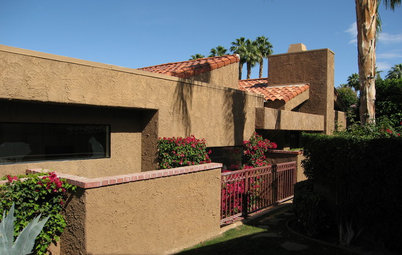
Play out of tile
Lay out of till